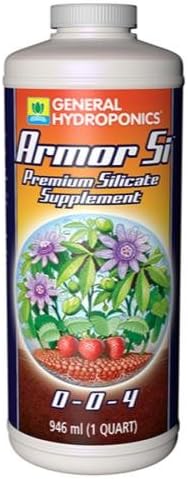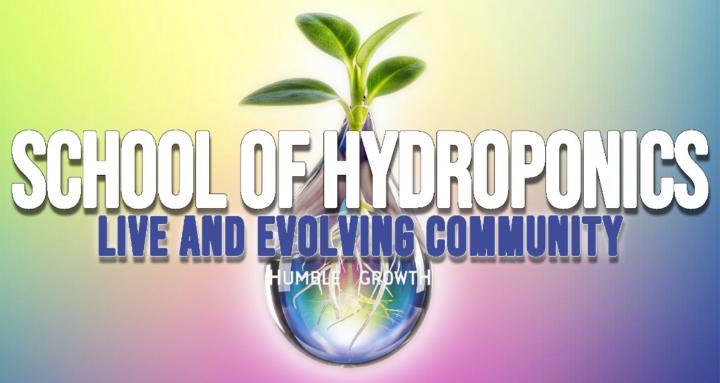When to use Silica
In the world of hydroponic gardening, much of the conversation centers on the essential primary and secondary nutrients. We meticulously balance nitrogen, phosphorus, and potassium, and ensure our micronutrients are in check. But there is a powerful, often overlooked element that can fundamentally change the health and resilience of your plants: silica. The Role of Silica in Plant Structure Silica is not classified as an essential nutrient, yet its impact on plant health is significant. When plants absorb silica, it is deposited into the cell walls of leaves, stems, and roots. This process creates a physical barrier that strengthens the plant's entire structure. Consider a plant without adequate silica—its stems may be thin and its leaves prone to wilting under stress. Now, visualize that same plant with silica-fortified cell walls. The structure is reinforced, much like rebar within concrete. This internal strengthening makes the plant better equipped to handle environmental stresses like heat and drought, and provides a physical defense against pests and fungal diseases. The hardened cell walls are difficult for pests like spider mites to penetrate, and they can inhibit the spread of common issues like powdery mildew. A Strategic Approach to Application Timing is crucial when integrating silica into your nutrient regimen. For maximum benefit, it should be introduced early and consistently. I recommend starting with a low dose during the vegetative growth phase and continuing its use throughout the flowering or fruiting stage. This allows the plant to build a robust internal structure from the very beginning. When adding silica to your reservoir, it is important to add it first. Silica products typically have a high pH and will raise the pH of your water. Adding it first allows you to adjust the pH back into the optimal range (typically 5.5 to 6.5) before adding your other nutrients. This prevents any potential issues with nutrient availability or precipitation.

Browning kale
For Chad, any idea what's causing the discoloration in our (older) TG plants? The pH has been slowly creeping up, but TDS is stable, and water level is as well. This is our kale, growing about a month and thriving. It's just begun this brown-ish presentation. Problem?
Rising EC Why?
Chad et al: The EC in our TG creeps up as plants mature. (water level consistent) Is this normal? It seems counterintuitive that using up acidic nutrients would result in EC rising! Comments? Thx
Measuring pH
With my gardening experiment outdoors this year, and well, always, I did not know about the importance of measuring pH levels and EC. Looking back, errors in pH could easily be the explanation for any successes and failures not just with growing veggies but houseplants, flowers, and herbs too. The first item on my shopping list is a meter. I'm hoping everyone here will share their experiences with the meters they've purchased -- which worked, which were duds, which were messy, which were complicated to use, which you would give as a gift to a new gardener, which you would warn others not to bother with, etc.
1-4 of 4

skool.com/theschoolofhydroponics
The School Of Hydroponics Live And Evolving | Live community engagement forum and Bi-weekly Live Meetups plus Constantly Evolving Educational series.
Powered by







